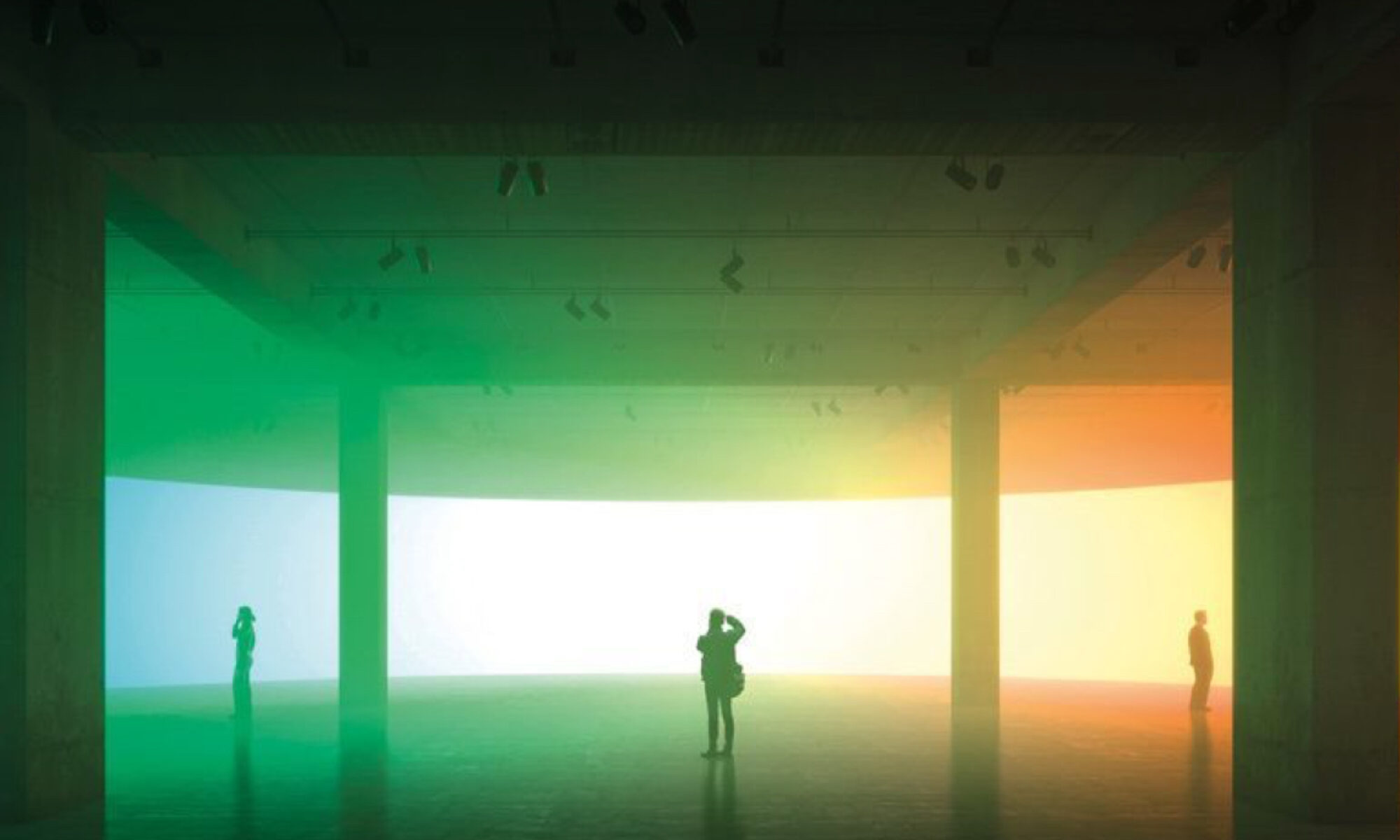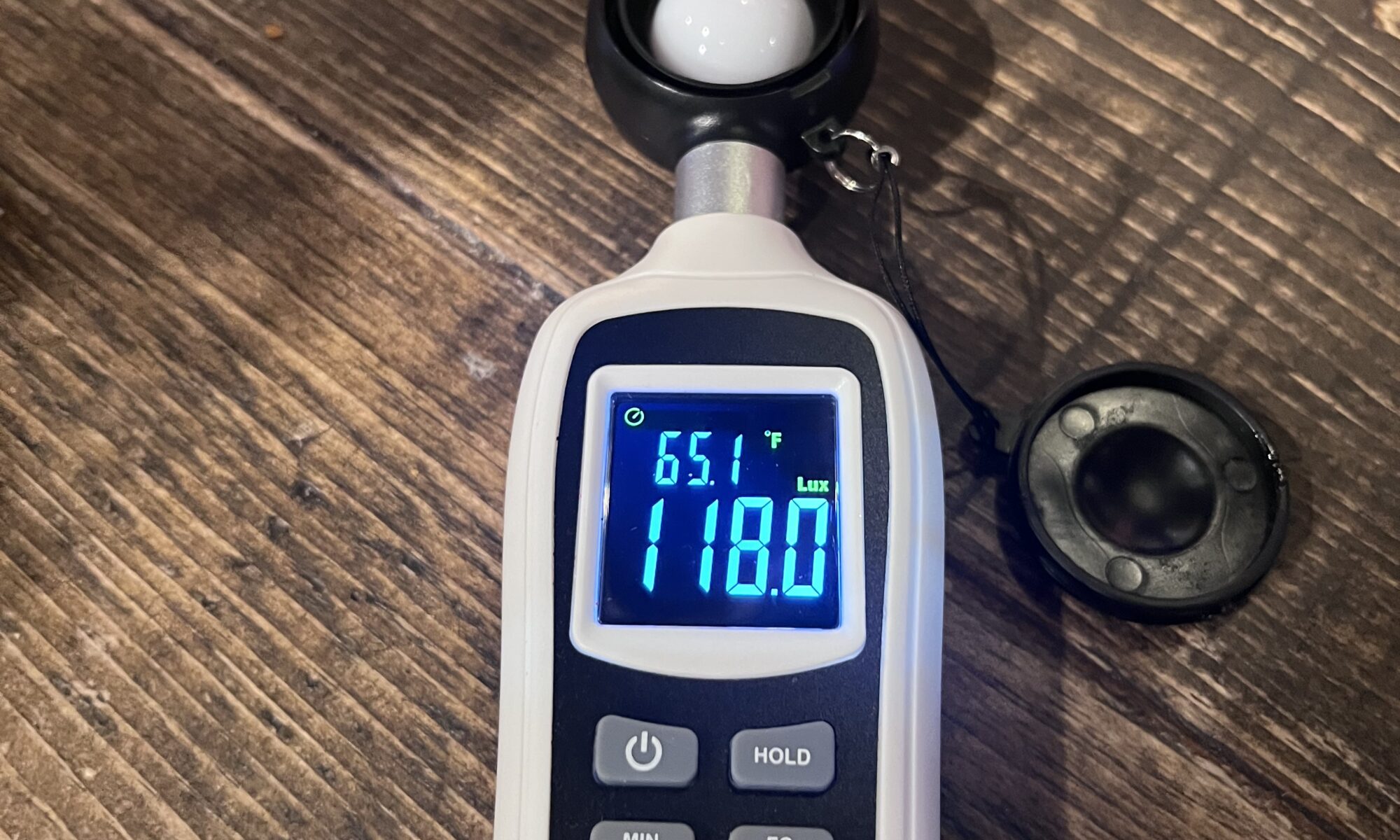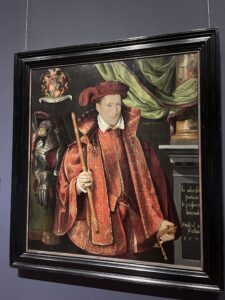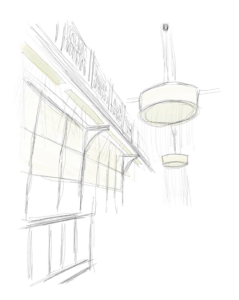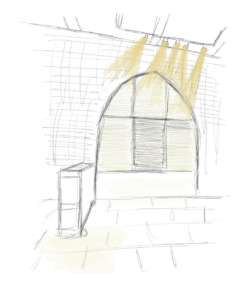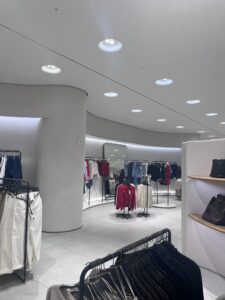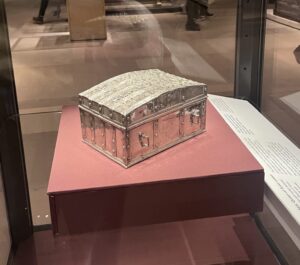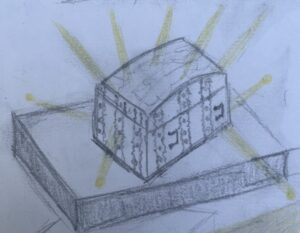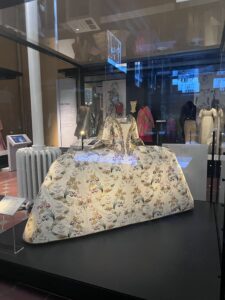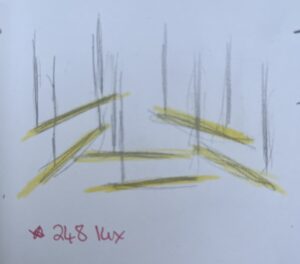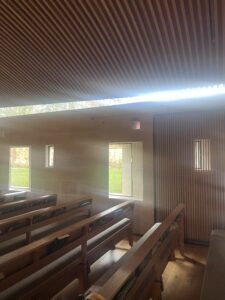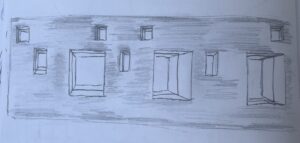The speaker was looking after horses as a hobby and learned that changing the lighting in the stall increased the hair growth of the horses, this discovery led her to further explore the effects of light on our environment. The speaker believes that the earth is affected by the “Theia Theory” and that Theia has become part of our planet. Theia is the light and dark of the moon forming that causes photosynthesis and allows us to have life on earth.
Light impacts nature and our environment, it has taken many years for humans to grasp the full understanding of how much we need darkness. In the 80s and 90s the speaker explored way ambient light effects on our biological clocks and the effects of LEDs on our Circadian Rhythm. She learned that our bodies are controlled by light: feeding times, temperature etc, if our bodies get a signal for example that we are reading in bed from a screen with blue light it wakes up to start its natural cycle. We are now losing awareness of our body’s natural cycles.
There are 1.7 trillion species on the earth, but humans have only named 1.8 million, if we do not know all the species inhabiting our planet how can we be aware of the ways in which we might be impacting species with light pollution. For example, eel grass grows in the water, it feeds many other life forms generating economic support. Eel grass growth is supported by zoo plankton faeces, but because of the lack of darkness zoo plankton is dying off because it has an aversion to light which is created by the reflection of light from the bridge it grows under.
Lighting designers have a responsibility to look beyond the immediate environment when designing lighting. Epigenetic design is a response design i.e. what we illuminate effects spatial materials and our contextual sensitivity this effects our memory. That is why it is important to illuminate things correctly, so we do not lose our natural abilities generated in darkness. Scientific evidence needs to be combined with our natural intuition, for example, if our grandma tells us to “eat broccoli because it’s good for you” we still wouldn’t do it unless we knew that this was the truth, and we had evidence of how good it is for us. “All species need darkness no just dark skies.”
Burnett, D, 2021
